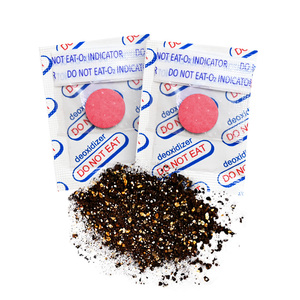Introduction to Snacks Preservatives
Snacks preservatives play a crucial role in maintaining the flavor, texture, and safety of our favorite munchies. These additives are substances that extend the shelf life of snacks, preventing spoilage caused by bacteria, fungi, and oxidation. As consumer demand for longer-lasting and delicious snack options increases, understanding the types, functions, and advantages of these preservatives becomes essential for manufacturers and consumers alike.
Types of Snacks Preservatives
Snacks preservatives come in various types, each designed to tackle specific challenges related to food preservation:
- Natural Preservatives: Derived from plants and minerals, they include ingredients like salt, sugar, vinegar, and citric acid. They appeal to health-conscious consumers seeking items with fewer artificial additives.
- Chemical Preservatives: These are synthetic compounds such as BHT (Butylated Hydroxytoluene) and sodium benzoate, designed for enhanced shelf life. They are effective but often spark debate concerning health impacts.
- Antioxidants: This category prevents oxidation that can lead to rancidity. Common examples include ascorbic acid (vitamin C) and tocopherols (vitamin E).
- Anti-fungal Agents: Used specifically to inhibit mold and yeast growth, calcium propionate and sorbic acid are popular choices in the snack industry.
Function and Feature of Snacks Preservatives
The primary function of snacks preservatives is to ensure food safety and quality throughout their shelf life. Various features contribute significantly to the effectiveness of these preservatives:
- Microbial Inhibition: Preservatives prevent the growth of harmful microorganisms, ensuring that snacks remain safe for consumption over time.
- Flavor Retention: Many preservatives help maintain the original flavor profile of snacks by protecting volatile aroma compounds from degradation.
- Color Stability: Some preservatives prevent the discoloration that occurs with exposure to air or light, keeping snacks visually appealing.
- Moisture Control: By balancing moisture levels, certain preservatives prevent snacks from becoming stale or soggy.
Advantages of Snacks Preservatives
Incorporating snacks preservatives comes with multiple advantages for manufacturers, retailers, and consumers, including:
- Extended Shelf Life: Preservatives significantly prolong the duration snacks can be stored without compromising safety or quality. This translates to fewer product losses for manufacturers and a consistent supply for consumers.
- Convenience for Consumers: Longer-lasting products mean that consumers can purchase snacks in bulk without worrying about immediate consumption, promoting a more economical shopping experience.
- Improved Safety: By inhibiting the growth of pathogens, preservatives enhance food safety, reducing the risk of foodborne illnesses.
- Enhanced Quality: The use of preservatives leads to a better overall sensory experience since snacks maintain their taste, texture, and appearance for longer periods.
Conclusion
Understanding the importance of snacks preservatives is vital in a world where convenience and quality go hand in hand. By choosing the right types of preservatives, manufacturers can produce snacks that not only meet consumer expectations but also ensure safety and deliciousness for longer. Whether using natural or chemical preservatives, the key advantage remains: a delectable snack that stands the test of time.















































